Market Growth Projections
The Global Acute Wound Care Market Industry is projected to experience substantial growth over the next decade. With an estimated market size of 17.7 USD Billion in 2024, it is expected to reach 28.4 USD Billion by 2035. This growth trajectory indicates a compound annual growth rate of 4.37% from 2025 to 2035. The increasing incidence of chronic wounds, technological advancements, and rising healthcare expenditure are key factors contributing to this upward trend. As the market evolves, stakeholders must remain vigilant in adapting to changing consumer needs and technological innovations to capitalize on emerging opportunities.
Rising Healthcare Expenditure
Global healthcare expenditure continues to rise, which positively influences the Global Acute Wound Care Market Industry. Increased spending allows for better access to advanced wound care products and services, particularly in developing regions. According to the World Bank, global health spending is projected to reach 10 trillion USD by 2025. This financial commitment enables healthcare facilities to invest in state-of-the-art wound care technologies and training for healthcare professionals. Consequently, this trend is likely to enhance the quality of care provided to patients with acute wounds, further driving market growth.
Expansion of Home Healthcare Services
The expansion of home healthcare services is reshaping the landscape of the Global Acute Wound Care Market Industry. With an increasing number of patients receiving care at home, there is a growing need for effective wound care solutions that can be utilized outside traditional healthcare settings. This trend is driven by factors such as the aging population and a preference for at-home care. Home healthcare services often require advanced wound care products that are easy to use and promote healing. As this segment continues to grow, it is anticipated that the market will see increased demand for innovative wound care solutions tailored for home use.
Increasing Incidence of Chronic Wounds
The rising prevalence of chronic wounds, such as diabetic ulcers and pressure sores, significantly drives the Global Acute Wound Care Market Industry. As the global population ages, the incidence of chronic conditions that lead to these wounds is expected to rise. For instance, the World Health Organization indicates that the number of individuals with diabetes is projected to reach 642 million by 2040, which could lead to a corresponding increase in diabetic foot ulcers. This trend suggests a growing demand for advanced wound care products, contributing to the market's projected growth from 17.7 USD Billion in 2024 to 28.4 USD Billion by 2035.
Technological Advancements in Wound Care
Innovations in wound care technologies, including advanced dressings, bioengineered tissues, and negative pressure wound therapy, are pivotal in enhancing patient outcomes. The Global Acute Wound Care Market Industry benefits from these advancements, as they facilitate faster healing and reduce infection rates. For example, the introduction of hydrocolloid and alginate dressings has transformed the management of acute wounds. These technologies not only improve healing times but also lower healthcare costs associated with prolonged treatments. As a result, the market is expected to experience a compound annual growth rate of 4.37% from 2025 to 2035, reflecting the increasing adoption of these advanced solutions.
Growing Awareness of Wound Care Management
There is a notable increase in awareness regarding effective wound care management among healthcare professionals and patients alike. Educational initiatives and training programs are being implemented globally to improve knowledge about wound care best practices. This heightened awareness is crucial for the Global Acute Wound Care Market Industry, as it encourages the adoption of advanced wound care products and techniques. For instance, campaigns promoting the importance of early intervention in wound care can lead to better patient outcomes and reduced healthcare costs. As awareness continues to grow, the demand for effective wound care solutions is expected to rise, contributing to market expansion.


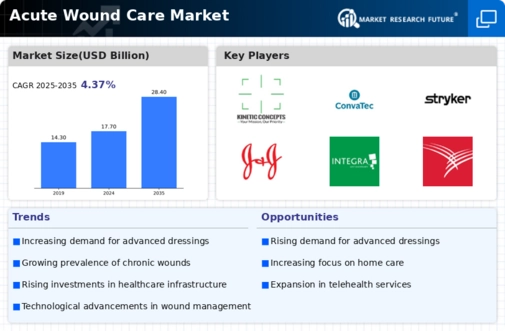


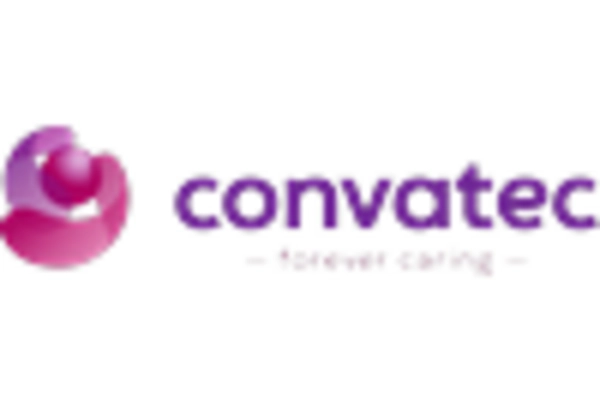
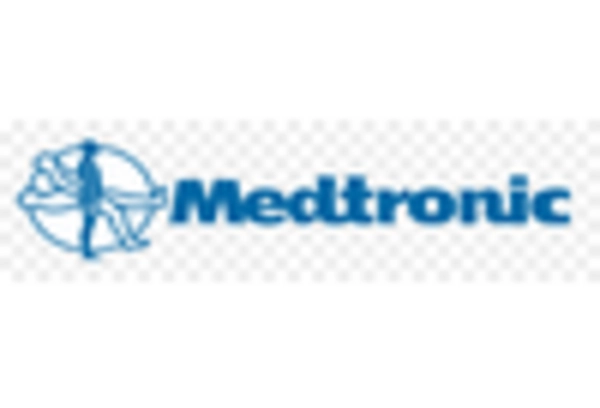
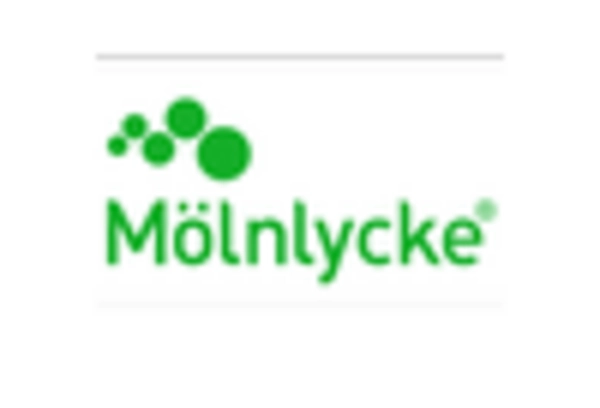
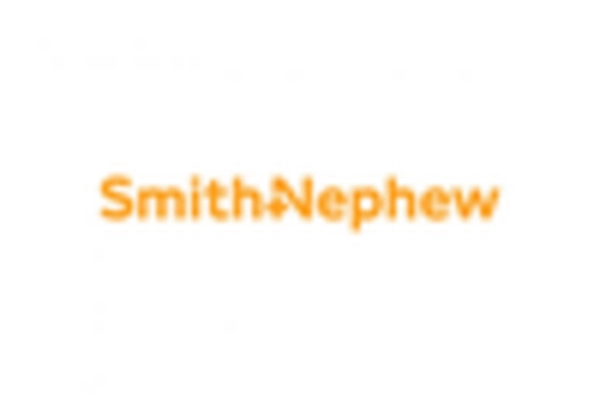








Leave a Comment